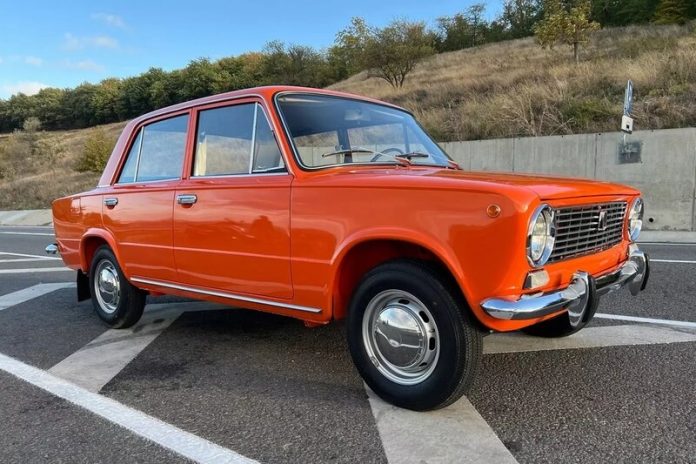Birth of an era
VAZ-2101, the first and most mass-produced LADA, rolled off the assembly line in 1970 and over 18 years of production, more than 4.8 million units were sold. In total, over 16 million cars were created on the basis of the classic AVTOVAZ platform.
Historic start
The first batch of six cars was assembled on the night of April 19, 1970 – this date became the plant’s corporate holiday. And already on April 22, for the 100th anniversary of Lenin, the Zhiguli was officially presented to the country. By August, production had reached 70 cars per shift, and by 1973 the millionth car, the VAZ-2103, had been produced, covering the costs of building the plant.

Not just a copy: 800 changes
Although the Italian Fiat 124 (Car of the Year 1967) was used as a basis, Soviet engineers significantly improved the design:
-
Reinforced body and suspension;
-
New engine with overhead camshaft;
-
Drum brakes (instead of disc brakes) to protect against dirt;
-
Increased ground clearance;
-
Comfortable adjustable seats (Fiat had rigidly fixed backrests).
Symbol of the era

-
Export: In Europe, the Zhiguli was sold as LADA due to the cacophony of the name in some languages.
-
Cult status: In 2000, the VAZ-2101 was recognized as the “Russian Car of the 20th Century” by the magazine “Behind the Wheel”.
-
Sports: Already in 1971, the “kopeck” won silver in the rally “Tour of Europe”.
-
Movies: Debuted in “Gentlemen of Fortune” (1971) as the car of a positive hero.
-
Around the world: In 2017-2018, enthusiasts from the Czech Republic drove 50,000 km in a 1975 VAZ-2101.
-
Heirs: Modern LADAs retain the principles of the first model – durability, practicality and recognizable design.
Logo: Silver boat (stylized “B” – VAZ) with the inscription “Togliatti”. The rarest examples have a typo – the letter “я” in the form of the Latin “R”.
Records and legacy
The legend lives on
Today, about 150,000 “kopecks” are registered in Russia, many of which have become collectible rarities. The VAZ-2101 didn’t just change the Soviet automobile industry – it became a symbol of an entire era, combining reliability, affordability and real character.









